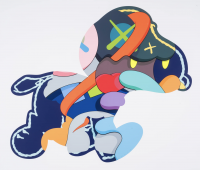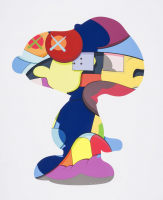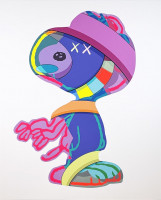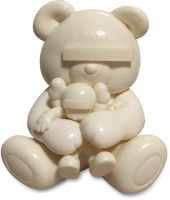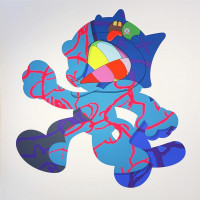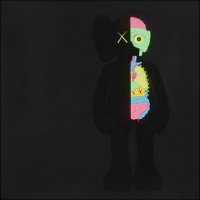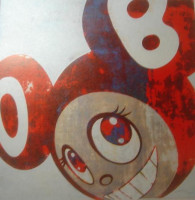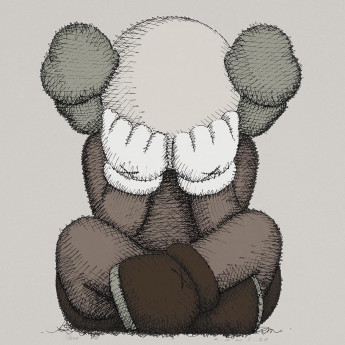KAWS
KAWS (USA, 1974), born Brian Donnelly, is a contemporary artist and designer celebrated for his cartoon-inspired sculptures, paintings, and collectible toys. Merging street art and pop culture, his iconic 'Companion' figures and bold graphics have reached global audiences, bridging the worlds of fine art, fashion, and commercial design.
- Recently Added
- Price (Low-High)
- Price (High-Low)
- Year (Low-High)
- Year (High-Low)
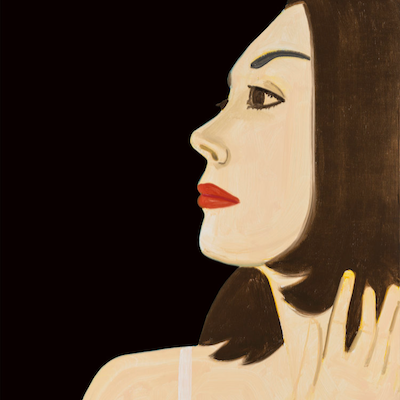
Artwork by Alex Katz
What is figurative art?
Sometimes known as Figurativism, figurative art refers to sculptures and paintings that are clearly or specifically derived from real objects, making them representational. The term figurative art is often used in contrast to abstract art. However, since the emergence of abstract art, figurative art has come to describe any form of modern art that has strong references to the real world or actual situations.



